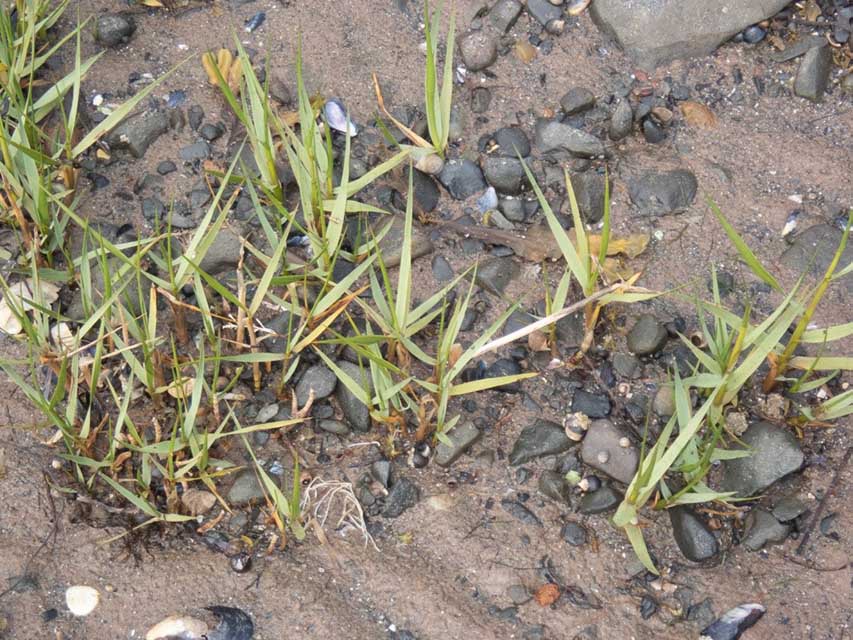Council Project Underway to Help Protect Native Eelgrass from Invasive Species
Newry Mourne and Down District Council is delivering a project to review current information on the status of Spartina anglica.
This is an invasive non-native species known a common cordgrass, which is putting the eelgrass beds of the Carlingford Lough Marine Protected Area (MPA) under threat.
The Carlingford Lough MPA can be found on the southwestern shores of the Mourne Gullion Strangford aspiring UNESCO Global Geopark.

It is a transboundary sea lough located on the border of Northern Ireland and the Republic of Ireland, on the Newry estuary, which supports a variety of important habitats and species including internationally important populations of light-bellied Brent geese (Branta bernicla hrota).
These geese are a winter migrant that feeds mostly on eelgrass. The invasive grass too readily colonises open mudflats and consequently has spread rapidly around the coast, out-competing and replacing native eelgrass, on which the light-bellied Brent goose depends.
Spartina was extensively planted in Northern Ireland in the 1940s as an aid to stabilisation of intertidal mudflats and dunes; and to enable land-reclaim.
It colonises a wide range of substrates, from very soft muds to shingle, in areas sheltered from strong wave action. The Council’s AONB and Geopark team will conduct a field survey to identify whether Spartina has spread since the most recent surveys.

This will provide evidence for further assessment and future management to improve control.
Attempts have been made over many years to control cordgrass at several sites, other than in Carlingford Lough but where control has had some success, eliminating it has been largely unsuccessful.
Conor Mallon, Director of Enterprise Regeneration and Tourism for Newry,
Mourne and Down District Council said, “Our native biodiversity is constantly under threat from invasive, non-native species. It is very important that we, as council leaders, and as a community do our bit to prevent the spread of invasive species.
“There are simple steps that we can all take to do this:
- report all sightings;
- know what you are growing in your pond or garden;
- do not deliberately introduce an invasive species;
- and if you are out on the water, follow the principles of ‘Check Clean Dry’.”
The salt marsh habitats in Carlingford Lough are currently monitored by both the Department of Agriculture Environment and Rural Affairs (DAERA) at Mill Bay and Carlingford Bay and the National Parks and Wildlife Service (NPWS) in the Republic of Ireland.
ID Guide:
General species info:
https://invasivespeciesni.co.uk/species-accounts/established/marine/smooth-cord-grass
Information on Check Clean Dry:
https://invasivespeciesni.co.uk/what-can-i-do/check-clean-dry/
























